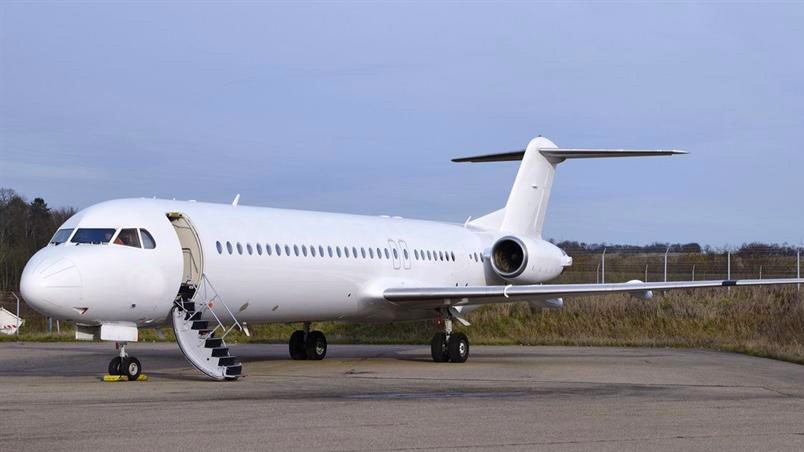Wet Leasing vs. Dry Leasing an Aircraft: What’s the Difference?
At AirCharter.com, we know the aviation industry – and specifically the world of private jet charter – can be tough for a typical customer to understand. But we know that gaining knowledge empowers people to save money and make smarter choices. That’s exactly why we’re so focused on educating our clients. In this article, we’ll explain the difference between aircraft leasing and private jet charter and discuss exactly how it affects you – our valued client.
Looking to Lease a Private Jet? AirCharter.com Provides Aircraft Leasing Services we are taking the time to explain Wet Leases vs. Dry Leases.
What Makes Operators Lease Aircraft?
In layman’s terms, leasing simply means transferring an aircraft without transferring its title. The owner (aka the lessor) keeps the legal title – but possession transfers to the lessee. Why would an operator wish to lease aircraft?
Capacity: The first reason to lease is to secure the ability to temporarily increase capacity. Commercial airlines do this even more often – but charter jet operators can also run into the need for additional capacity.
Money: There’s another clear reason to lease, as well – finances. Purchasing an aircraft can be challenging for numerous reasons, from practicality to financial. Leasing is an attractive option that lets operators forgo the financial stress of an actual purchase. This isn’t at all surprising – however, it can also cause a problem in the event that a lease is arranged to circumvent FAA regulations and rules.
Wet Leases vs. Dry Leases
In the charter industry, the FAA regulates two main types of aircraft leases: a “dry lease” or a “wet lease.”
A wet lease means that the organization or person who owns the aircraft will provide that aircraft as well as one or more crew members to the lessee. Even more important, the owner also promises to conduct adequate maintenance and procure the insurance necessary to operate.
A dry lease (which is not a term that the Federal Aviation Regulations (FARs) defines) is slightly different: The owner still provides the lessee with an aircraft – however, without a crew.
No possession of the aircraft occurs under the terms of a wet lease, which makes it an exception to a typical lease. Under a wet lease, the lessor has operational control. And unless an exemption exists, a wet lease signals the need for an FAA commercial operating certificate. A wet lease is a normal part of a compliant Part 135 operation, while leased aircraft shared under Part 91 generally involve dry leases.
The Legalities of Charters
Problems can occur when operators share aircrafts as a cover for chartering it without needing to adhere to a Part 135 certificate. They circumvent the regulations, dry leasing the aircraft through a company within their control. They then provide the lessee pilots through a distinct company that’s also under their control. In a nutshell, they provide a wet lease but skirt the responsibility of insurance, maintenance, and other requirements of a Part 135 charter. Smart, sneaky – but not legal.
Current regulations dictate that the lessee (or user) needs to maintain the right to choose a crew independently. Any “transportation package” (in which the same party offers a dry lease simultaneously with a separate pilot services agreement) is considered an illegal jet charter by the FAA. Indeed, the FAA has taken the issue even further, saying that a plan might not be legal if the party leasing the aircraft at all dictates the use of a certain crew – even if no connection exists, financial or otherwise.
What does that mean? Simply put, if it fails to adhere to these regulations and rules, your private jet charter is illegal. It is vital that you are familiar with this subject – because if you choose this type of flight, the insurance, safety standards, crew training and qualifications, and more are not verified or guaranteed. A dry lease is a risk – the crew has virtually no experience requirements, and maintenance is unknown.
AirCharter.com: Integrity and High Standards
We strongly believe that when you charter a private jet, you deserve to get the best possible return on your investment. You should fly on only the safest aircraft that best suit your charter flight needs. At AirCharter.com we work exclusively with Part 135 aircraft operators who have been thoroughly screened by top-notch auditors (Wyvern and ARG/US) to make sure the operation is as safe as possible.
Additionally, we insist upon in-house flight crew experience and insurance requirements for all our vendors through the AirCharter.com Approved Vendor Program. We take pride in educating our clients about their operator, and we continuously stay up to date on our vendor’s performance and progress on every single charter flight.
Call AirCharter.com ACMI department at 1-212-999-4926

 Hawker-Beechcraft Hawker 400XP
Hawker-Beechcraft Hawker 400XP Cessna Citation V
Cessna Citation V Beechcraft Premier IA
Beechcraft Premier IA Beechcraft King Air 350
Beechcraft King Air 350



